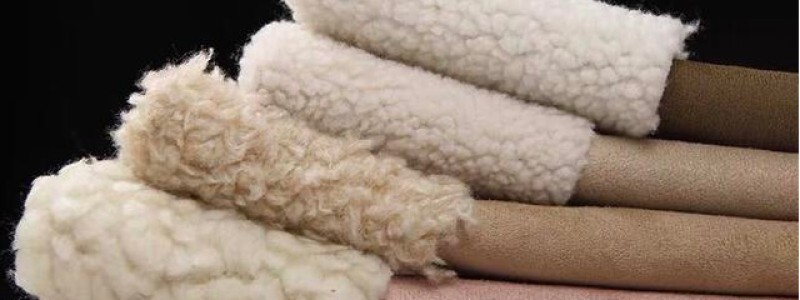
Shock absorption and protection technology of lyca cloth composite TPU fabric in mobile phone protective case
Overview of lyka cloth composite TPU fabric Lycra composite TPU fabric is an innovative functional material, made of elastic fiber Lycra and thermoplastic polyurethane (TPU) through advanced composite technolog…

Compression and durability technology of lyca fabric composite TPU fabric in backpack fabric
Definition and background of lyka cloth composite TPU fabric Lycra composite TPU fabric is an innovative material that combines the advantages of elastic fiber Lycra and thermoplastic polyurethane (TPU) and is …

Airtight and durable technology of lyca fabric composite TPU fabric on air mattress
Overview of lyka cloth composite TPU fabric Lycra composite TPU fabric is an innovative functional material composed of elastic fiber Lycra and thermoplastic polyurethane (TPU) through a special process. This m…

Chlorine resistance and elastic technology of lycave composite TPU fabric in swimsuit production
Overview of lyka cloth composite TPU fabric Lycra composite TPU fabric is an innovative functional textile material. By combining elastic fiber Lycra with thermoplastic polyurethane (TPU) film, a new fabric wit…

Protective performance technology of lyca cloth composite TPU fabric in industrial protective clothing
Overview of lyka cloth composite TPU fabric Leika fabric composite TPU (Thermoplastic Polyurethane) fabric is a high-performance composite material that combines elastic fiber Lycra with thermoplastic polyureth…

Lycra fabric composite TPU fabric in child safety seat cover environmental protection and comfort technology
Overview of lyka cloth composite TPU fabric Lycra composite TPU fabric is an innovative functional textile material made of elastic fiber Lycra and thermoplastic polyurethane (TPU) through advanced composite pr…

Lycra composite TPU fabric in dance clothing soft and elastic recovery technology
Overview of lyka cloth composite TPU fabric Leika fabric composite TPU fabric is an innovative textile material that combines the advantages of Leika fiber (spandex) and thermoplastic polyurethane (TPU) and is …

Anti-fouling and wear-resistant technology of lyca fabric composite TPU fabric sofa cover in home furnishing
Overview of lyka cloth composite TPU fabric Lycra composite TPU fabric is an innovative material that combines the elasticity of Lycra with the high strength properties of thermoplastic polyurethane (TPU). Due …

Lightweight and strength technology of lycave composite TPU fabric in model aircraft skin
Overview of lyka cloth composite TPU fabric Lycra composite TPU fabric is an innovative functional material made of elastic fiber Lycra and thermoplastic polyurethane (TPU) through advanced composite technology…

Efficient waterproofing technology of lyca cloth composite TPU fabric in umbrella production
Overview of lyka cloth composite TPU fabric Leika fabric composite TPU fabric is an innovative material that combines the characteristics of elastic fibers (Leika) and thermoplastic polyurethane (TPU). This mat…


